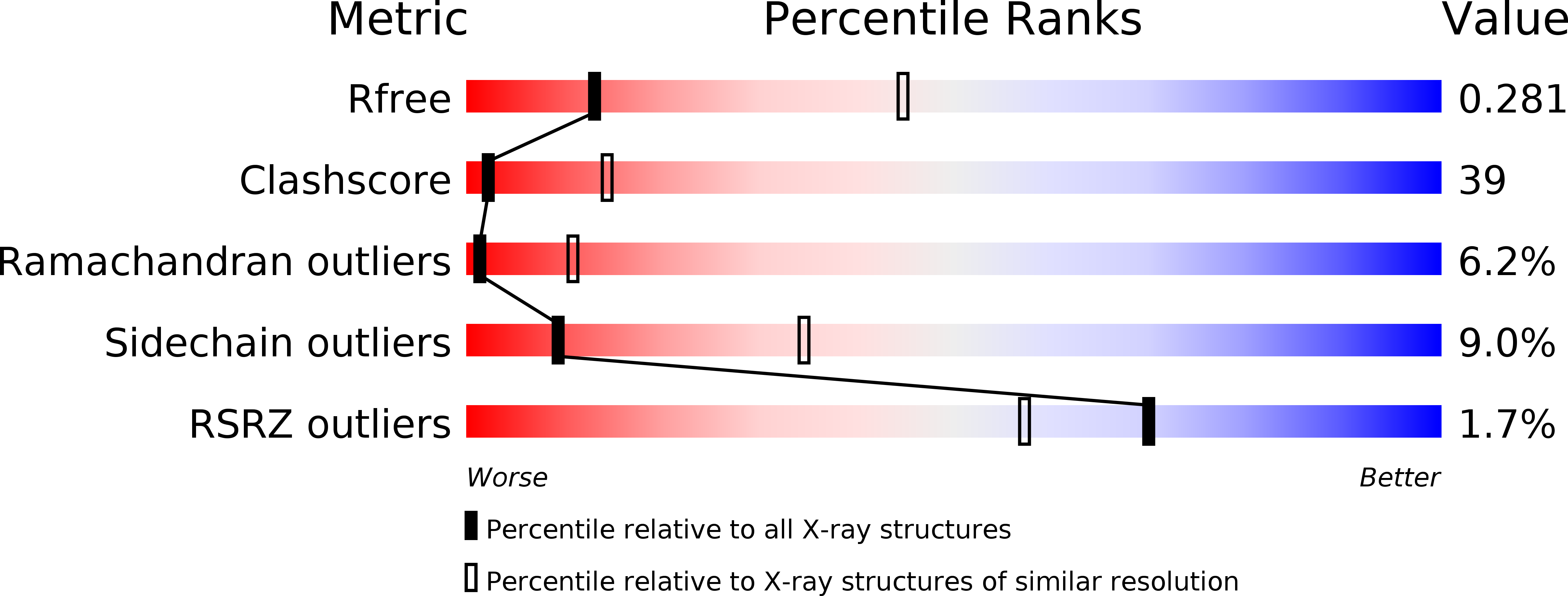
Deposition Date
2007-07-17
Release Date
2007-10-02
Last Version Date
2024-05-08
Entry Detail
Biological Source:
Source Organism:
KLEBSIELLA PHAGE PHIKO2 (Taxon ID: 255431)
PHAGE N15 (Taxon ID: 40631)
PHAGE N15 (Taxon ID: 40631)
Host Organism:
Method Details:
Experimental Method:
Resolution:
3.20 Å
R-Value Free:
0.28
R-Value Work:
0.25
R-Value Observed:
0.25
Space Group:
P 41


